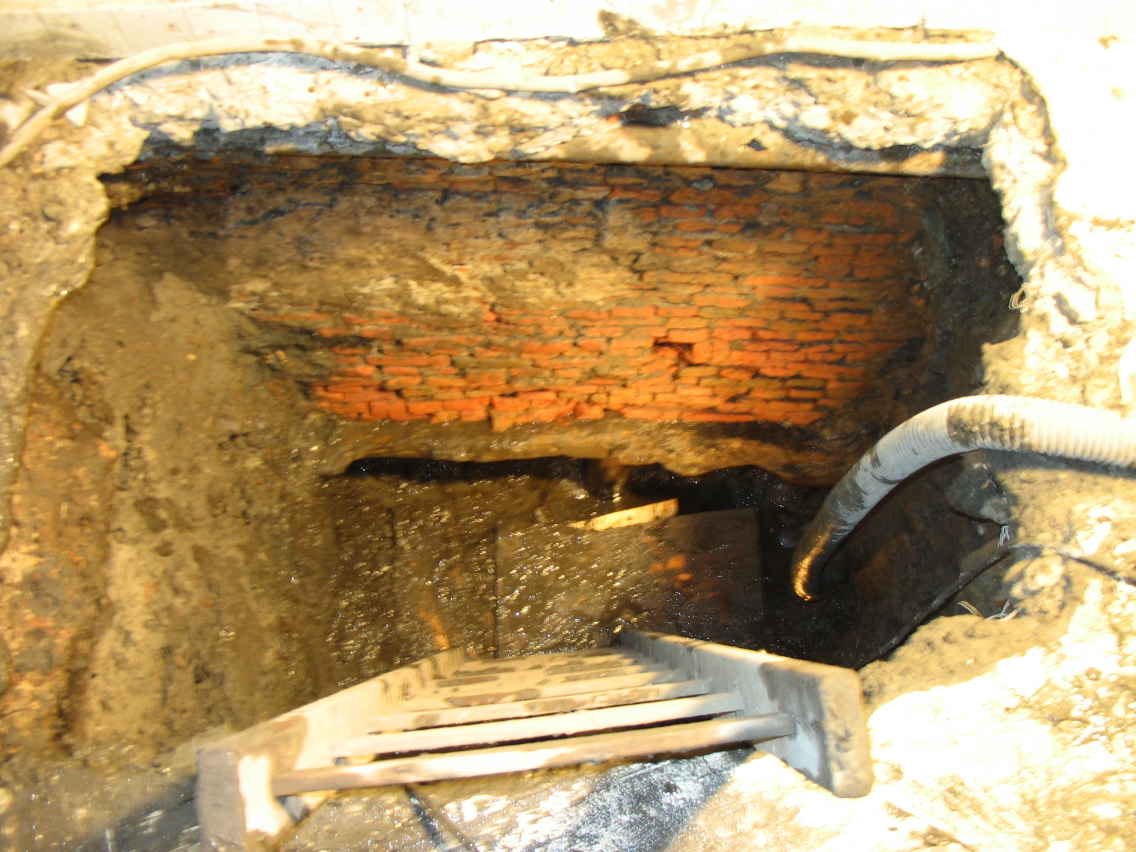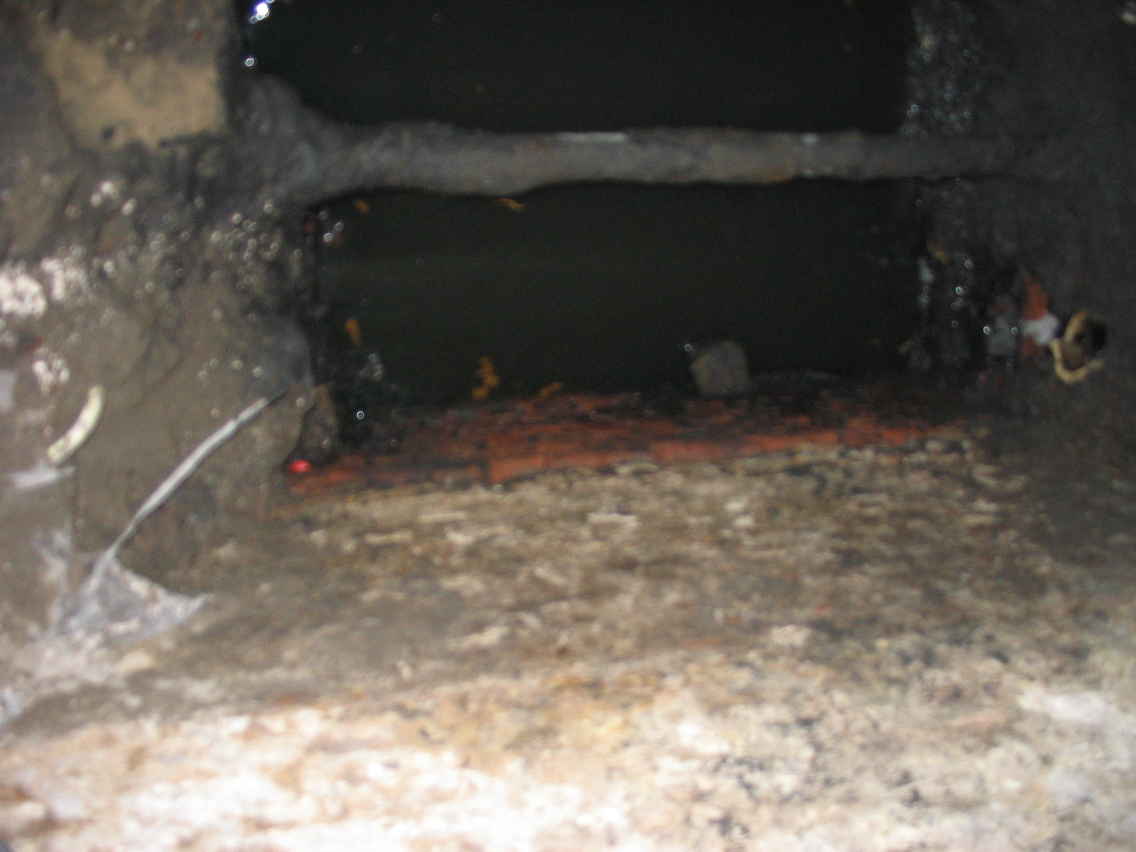It’s time for a post about something besides gardening. We live in the Jordaan, which besides the old center of Amsterdam, is the oldest neighborhood in the city. The neighborhood was built in 1680, and our house is one of the original houses, making it 325 years old. Our house is actually two houses joined in the middle, which were both built around the same time.
The city of Amsterdam has been coming by our house for the last few months, asking to inspect different things. Measuring our walls, inspecting the general state of the structure of our house, and so on. One day a few weeks ago, they came by and said they wanted to inspect the foundation. They wanted to dig two holes, one for each of our two houses, along the edges near our neighbor’s houses with the hope of being able to inspect their foundations as well. For one of the holes, they were going to have to break up our cement floor. For those of you reading this who have never been to Amsterdam, you need to understand that almost all houses here are built next to each other, touching on their sides.
We had mixed feelings about the city doing this. In theory, it was possible to refuse to allow the inspection, but if we had done this they city would have come back again and again. As home owners, we didn’t really want to know of problems with the the foundation when it came time to sell our house, because we were going to have to reveal what we know. At the same time, if our house is going to collapse, we thought it would be a good idea to know this now, and do something about it. Also, if we let the city inspect it, the city was going to have to pay for the inspection. Anyway, we agreed to the inspection.
Our house is pretty typical, in that it is a brick house with a wooden foundation. We live almost at sea level. Our house is above sea level, but most of our foundation is below sea level. The idea is that as long as the wood stays submerged, it won’t rot. If it ever dries out, it will rot very quickly. The bricks of our house, and the wooden piles in our foundation, are separated by a flat wooden plank that holds the house on the piles. The piles go down about 4 meters.
There have actually been two issues with our house. The first, as with nearly all houses in the city, the 4 meters the piles of our foundation go down is not enough, and our house is sinking. Our house is sinking at the rate of about 1-2mm per year and, because it’s been doing this for a long time, it’s getting pretty low. The other more pressing issue is that on the far sides, our two houses are sinking faster. This latter issue was what was concerning the city the most.
Okay, so they dug the two holes. First on the east side of the house:

At the top of the picture you can see our cement floor. Below this, you can see the brick wall that leads down to the wooden plank separating the piles from the house. One wooden pile is visible. This hole is about 2 meters deep, and is just wide enough for a person to stand.
When they dug this hole, a city architect along with a team of inspectors came to take a look. It was clear the situation was bad. Several of the piles were rotten, and others had slipped out from under the house.
On the west side of the house:

Here things got a little dirty, because among the many pipes going under the ground here, there was a sewer line that they broke in the process of digging. This hole only goes down a little more than a meter, and at the bottom you can see a wooden pile that has slipped out from under our foundation.
So, what was the conclusion? We still don’t know. It’s clear the past 325 years have not been kind to our foundation. On both sides there is rotten wood and the house shows signs of slipping off the foundation. What we don’t know is how stable the situation is, or what exactly we need to do. We are expecting the city to tell us more later.

